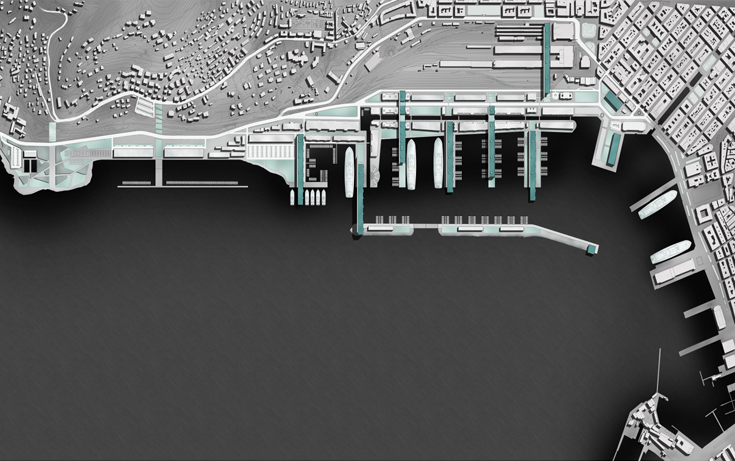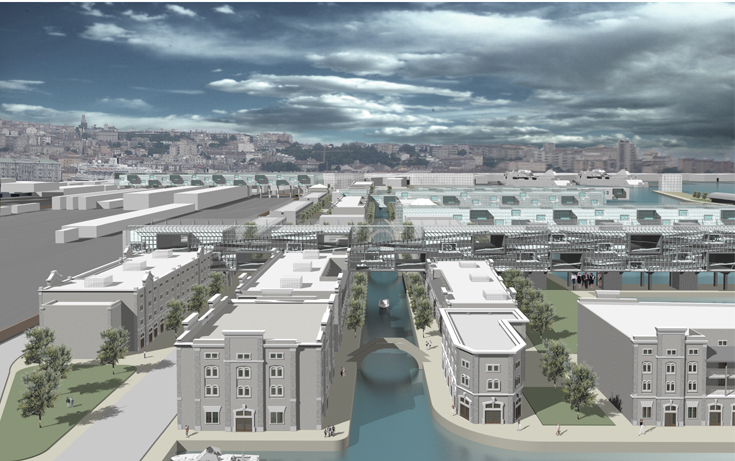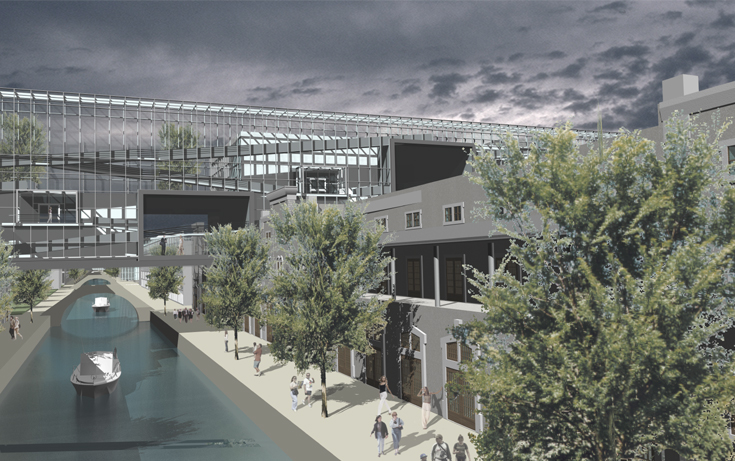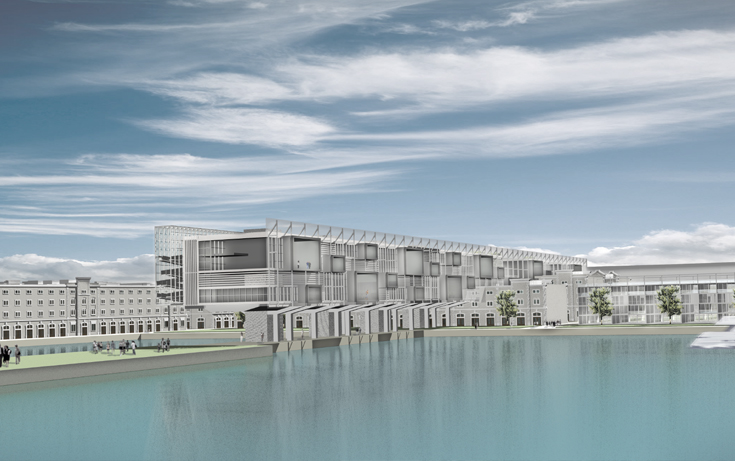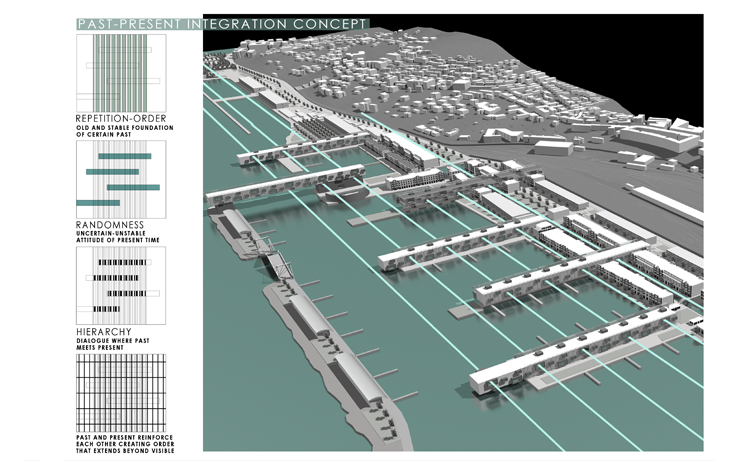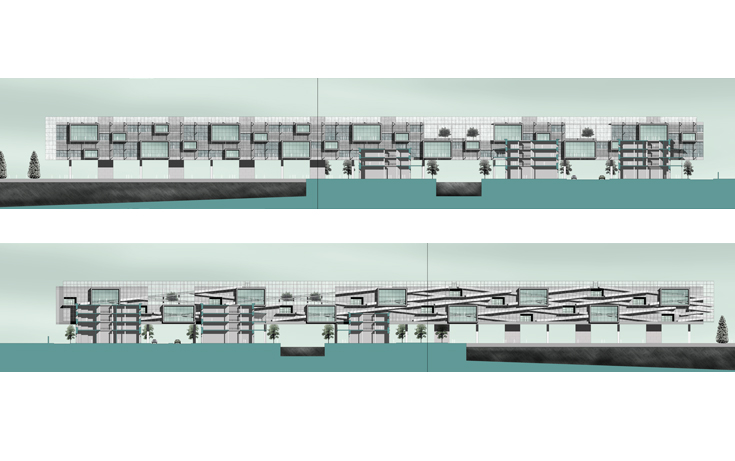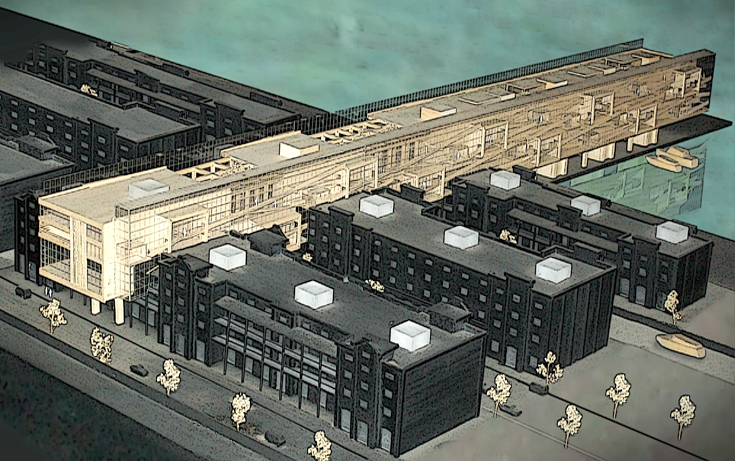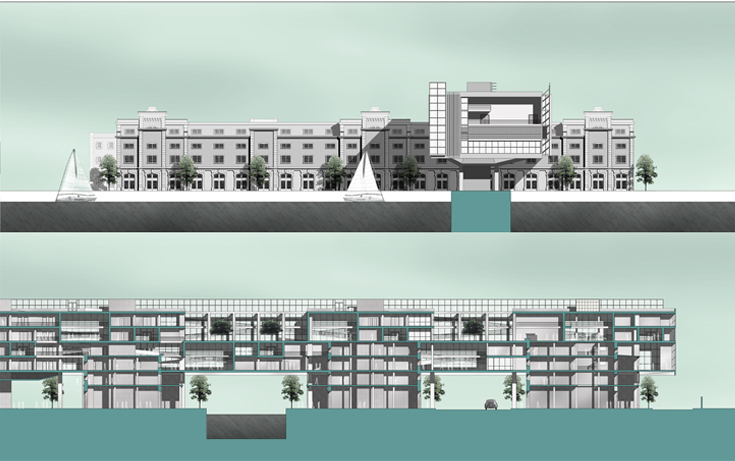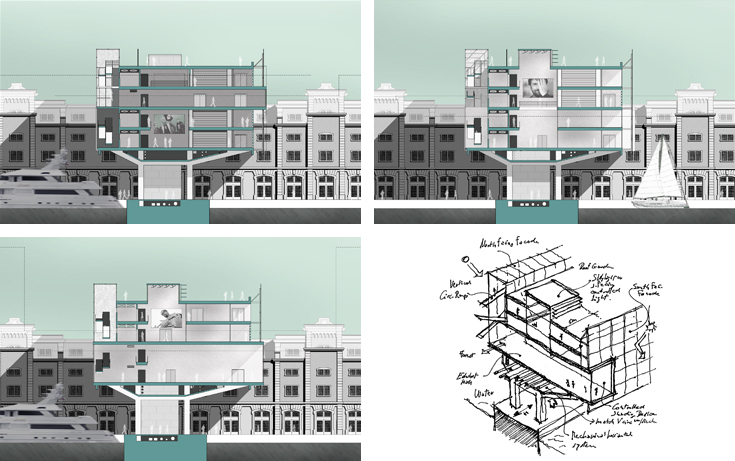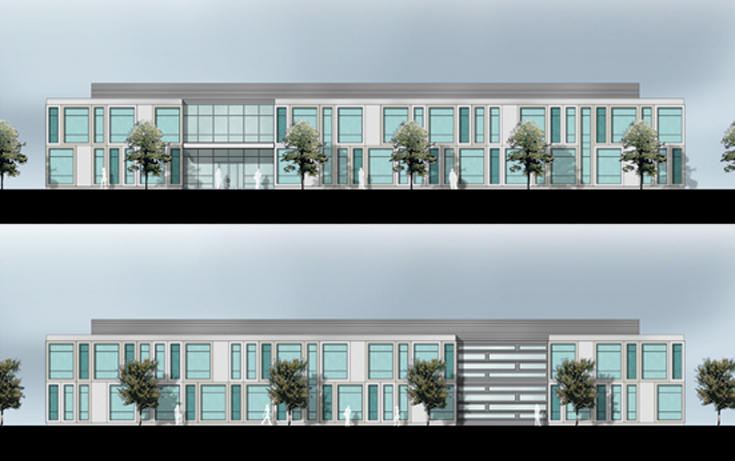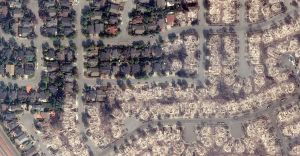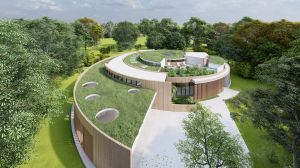Text...
Trieste Porto Vecchio
- Tags:
- Design
Architectural and urban design solutions related to the proposal of Trieste-Italy old port known as "Porto Vecchio".
Both the entire port and the historic town have an urban feel, and seem to naturally represent strong ideas with greatly effective and readable architectures.
The goal would be to link design functions to the great international exhibitions and to upgrade an urban area in the heart of the city.
The partial redevelopment of the Porto Vecchio - Waterfront would operate on a city-wide scale. The contribution of Architecture is essential: the design of new shapes customized to the needs of a great international fair is an important factor for the upgrading of a very central area that has great historical, morphological and environmental importance.
Recognizing the historical importance of entrenched landmarks, symbolic values, past memories is the requirement which would dictate the need for a careful analysis.
The program would require extreme versatility of spaces, along with the enormous need of additional square footage, which would push toward an intense infill development at the cost of common areas and parks.
The strategy that was chosen instead took into account the existing site conditions, where the historic buildings all define a longitudinal attitude parallel to the seashore, emphasizing with their length not only the need for space, but also an interest toward the ocean.
In order to respect the site’s past and avoid competing with it, the new buildings would create a direct dialogue with the existing one, and emphasize the value of the past by contradicting it with an apparent imposing presence that becomes a gesture of submissive respect.
The new buildings would serve the old and help them to perform better, they create connections among interior and exterior spaces, they bridge over obstacles such as water and railroad track , they create a stronger urban connection that feeds the waters edge, and is in tern fed by the water.
The new buildings would extend over water to reach out to the fascinating potential of this city: the contact with water, and maritime activities would be truly enhanced and become part of the daily life of all users, whether they were living, working, or just visiting the neighborhood. Land value would be enhanced due to the increased seashore surface, and lifestyle would be enhanced, as well, due to the wider variety of opportunities created: the site would become a connecting point among areas, which once isolated, through the activities that could now be performed here would become an urban activator.
The city is historically characterized as multiracial and multicultural; these new structures would be the personification of different tendencies interconnecting with each other and living better together. The new buildings, when a little bit closer, express a devotional attitude toward the nature of the site; all the main spaces are oriented to the north-south grid, while circulation and services lay in the same direction of the building.
The building typology is very similar to the existing ones: reinforced concrete, (all the concrete would be recycled from site excavation) four stories high, with a façade that is approximately similar on all buildings, even the 5 meter grid of the existing buildings would carry over on the structure of the new ones. The only difference would be that the new buildings would make an extensive use of glass to increase the amount of natural light and views. The use of local marble and granite would be incorporated, which are very popular in the historic buildings of the city.
The new buildings would be oriented with the longer side facing north and south for better sun control, while the short side would face the direction from which the fast (150 km/h) cold “Bora” wind comes from.


